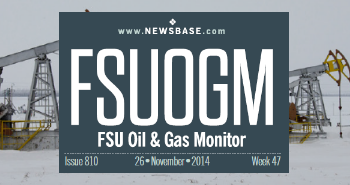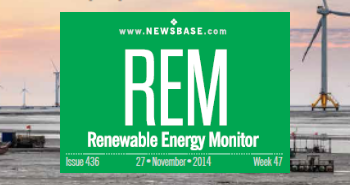Turkmenistan still venting like crazy, methane super-emissions data show

Turkmenistan is back in the headlines as the world’s guiltiest country when it comes to “super-emitting” sites of planet-heating methane.
The secretive regime that runs the Central Asian state cannot hide thanks to evidence of plumes gathered by satellites passing over. The latest analysis of such data shows gas-rich Turkmenistan is the location of 17 of the 25 largest methane emission sites identified worldwide so far in 2025. The finding was made by an academic monitoring initiative conducted by researchers at the UCLA Emmett Institute’s Stop Methane Project. It mapped over 3,100 methane plumes at oil & natural gas extraction “sites in dozens of countries of all income levels and in all world regions.”
Conclusions were based on data provided by Carbon Mapper, a non-profit.
It is almost exactly two years since Turkmenistan was congratulated for joining the Global Methane Pledge at the COP28 climate summit in Dubai. Signatories promise on a voluntary basis to slash their methane emissions, but in two years, Turkmenistan does not seem to have made much progress, despite the consensus among climate action experts that sealing methane leaks is one of the easier tasks faced by those fighting climate warming. What’s required amounts to low-hanging fruit.
“They vent like crazy,” Christian Lelong at climate tech and data firm Kayrros told the Guardian in March 2023, as pressure on Turkmenistan to take action intensified.
Gathered data on 2022 showed that Turkmenistan’s methane leaks from two gas fields alone contributed more to global warming in that year than all the carbon emissions in the United Kingdom.
Though methane has more warming potential than carbon dioxide, it breaks down in the atmosphere within just years compared with decades for CO2. That means that an effective crackdown on methane emissions could have a relatively quick impact on limiting climate change and.
At the COP29 summit in Baku, the UN Environment Programme (UNEP) revealed that just 1% of 1,200 notifications on major methane leaks delivered to governments and companies in the previous two years by a high-tech detection system were responded to.



Follow us online